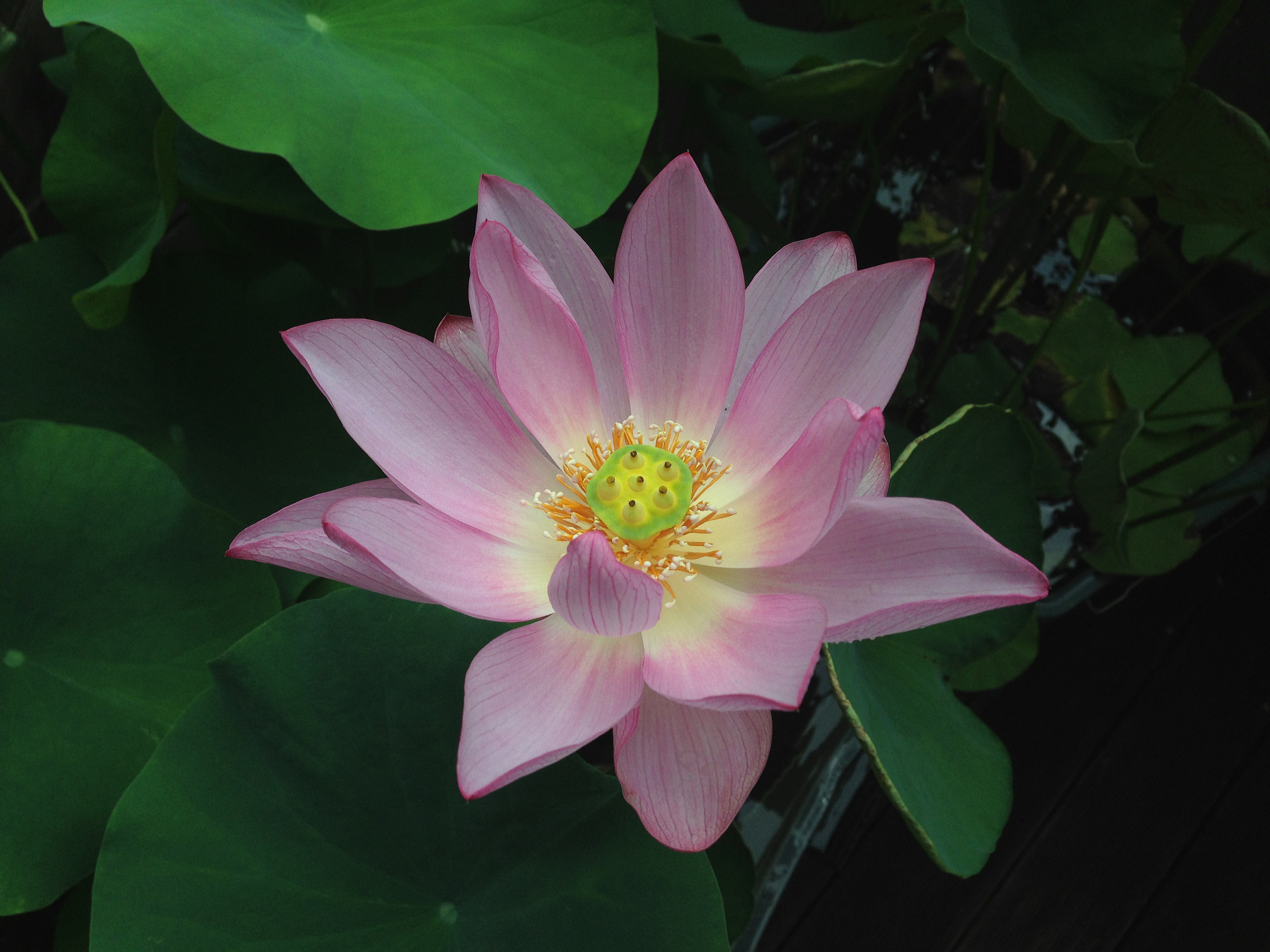Now that the tsuyu (梅雨, rainy season) has ended and the dreaded heat has descended upon the city, most of us have taken refuge indoors, camped out in front of the eakon (エアコン, air-conditioning) in a desperate attempt to wick away some of summer's sticky mushiatsusa (蒸し暑さ, humidity). The summer months conjure up images of being sushizume (すし詰め, packed in like sardines) in crowded trains and bishonure no ase (びしょぬれの汗, sweat-drenched) commutes through the blazing sun, leading to stress and even, in worst-case scenarios, necchūshō (熱中症, heat stroke). In fact a great many Tokyoites spend the summer months praying for the first days of fall.
But these very same months, when the city's human residents are suffering, are actually some of the plant and animal world's favorites. There's a famous kotowaza (ことわざ, proverb) in English that goes, "April showers bring May flowers." In Japan's kisetsufū kikō (季節風気候, monsoon climate), these showers tend to happen at the end of June, but the effect is the same. Once they end, a whole host of plants and creatures come out of the literal woodwork. And boku wa mushi no otaku! (僕は虫のおたく!I'm a sucker for creepy crawlies!).
Just the other day, after a big raiu (雷雨, thunderstorm), I headed into the local park for a jog and nearly stomped down on a fat hikigaeru (ヒキガエル, toad). I'm a little strange this way, but it just doesn't feel like summer to me until I see my first toad of the season. They're ibodarake (イボだらけ, warty) and a little namagusai (生臭い, stinky), but they have a certain charm that can only be described in Japanese: kimo-kawaii (キモ可愛い), which means they're a little gross and cute all at the same time. They also pop up often in minzokugaku (民俗学, folklore). In tales of old, toads are yōkai no nakama (妖怪の仲間, associates of yōkai [goblins or monsters, though really yōkai are yōkai]), the source of sorcerers' magic and even on occasion gods, such as the great Gama Sennin (蝦蟇仙人, the Taoist immortal Gama).



